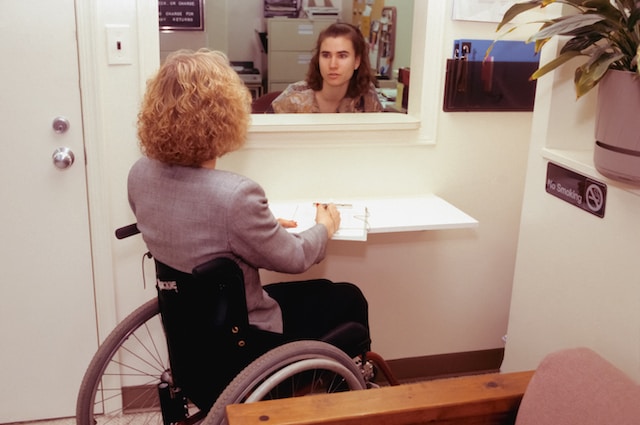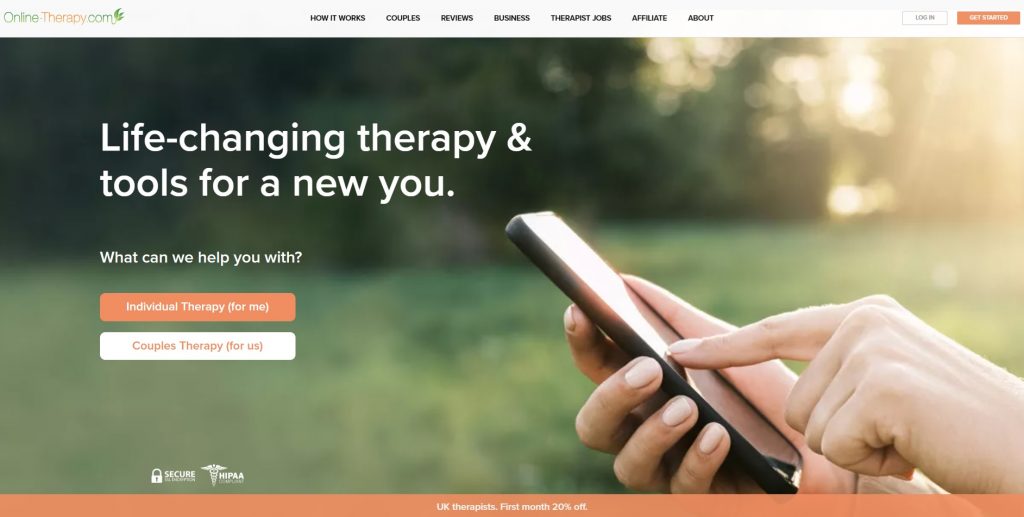
Inclusive Hiring Practices: Building a Diverse Team in Disability Entrepreneurship
In disability entrepreneurship, building a diverse team is not just a noble goal – it’s a strategic imperative. The pursuit of inclusive hiring practices is essential for fostering innovation, enhancing problem-solving abilities, and creating a more adaptable and resilient business environment. So, let’s explore the significance of building a diverse team in disability entrepreneurship and get into the best practices that can help you achieve this vital objective.
Understanding Disability in the Workplace
To effectively build a diverse team in disability entrepreneurship, you should first understand the various aspects of disability in the workplace. Disabilities can take many forms, from physical impairments to cognitive differences, and it’s essential to dispel common misconceptions and stereotypes that often surround individuals with disabilities. Additionally, familiarity with legal requirements and regulations related to disability inclusion is essential for creating an inclusive environment.
Benefits of a Diverse Team in Disability Entrepreneurship
Improved Creativity and Innovation
A diverse team brings together individuals with unique perspectives, experiences, and problem-solving approaches. In disability entrepreneurship, this diversity can fuel creativity and innovation, leading to the development of groundbreaking products and services that cater to a broader market.
Increased Adaptability and Resilience
Building a diverse team in disability entrepreneurship fosters adaptability and resilience within your organization. Individuals with disabilities have often learned to navigate a world that may not be fully accommodating, honing their ability to overcome obstacles. This skill set can be invaluable in the fast-paced world of entrepreneurship.
Better Representation and Market Understanding
A diverse team in disability entrepreneurship ensures that your company is better equipped to understand and address the needs of a diverse customer base. This enhanced market understanding can lead to increased customer loyalty and market share.
Enhanced Problem-Solving Abilities
Diverse teams excel at tackling complex challenges. Individuals with disabilities often possess strong problem-solving skills acquired through their life experiences. By including them, disability entrepreneurship can develop effective solutions to both everyday problems and industry-specific ones. For instance, if you need to manage an office move on a deadline, everyone on the team must know their responsibilities. This is where the strengths of individuals with disabilities typically shine, as they are often excellent at time management, especially when collaborating as part of a team.
Positive Impact on Company Culture and Reputation
Demonstrating a commitment to diversity and inclusion can profoundly impact your company’s culture and reputation. Prospective employees, partners, and customers are more likely to engage with organizations that actively promote diversity and inclusivity.
Challenges in Inclusive Hiring Practices
While the benefits of building a diverse team in disability entrepreneurship are clear, there are several challenges to overcome in the pursuit of inclusive hiring practices:
1. Bias and Discrimination in the Hiring Process. Unconscious bias can influence hiring decisions, leading to the unintentional exclusion of qualified candidates with disabilities.
Addressing bias and discrimination requires ongoing education and training for all involved in the hiring process.
2. Accessibility Barriers in the Workplace. Physical and digital accessibility barriers can pose significant challenges for employees with disabilities. Ensuring that your workplace is accessible is not only a legal requirement but also a moral obligation.
3. Lack of Awareness and Understanding about Disabilities. Many people lack awareness and understanding of disabilities and the accommodations required to support individuals effectively. Education and awareness campaigns within your organization can help bridge this gap.
4. Addressing Concerns and Misconceptions Among Existing Employees. Introducing diversity and inclusion initiatives may raise concerns or misconceptions among current employees. Effective communication and transparent discussions can help alleviate these concerns and foster a more inclusive culture.
Best Practices for Inclusive Hiring in Disability Entrepreneurship
Creating an inclusive workforce in disability entrepreneurship involves a proactive approach. Consider the following best practices:
- Begin by crafting job postings and recruitment processes that emphasize your commitment to diversity and inclusion. Encourage individuals with disabilities to apply by explicitly stating your dedication to providing reasonable accommodations.
- Ensure that interviews and assessments are accessible to all candidates, including those with disabilities. This may involve providing alternative formats or arranging for accommodations such as sign language interpreters.
- Be prepared to provide reasonable accommodations for employees with disabilities. Recognize that these accommodations can vary widely, and they may include flexible work arrangements, assistive technology, or physical modifications to the workplace.
- Foster a culture of inclusion and diversity within your organization. Celebrate differences and promote open dialogue among employees, encouraging them to share their experiences and perspectives. · Ensure that all employees receive training and education on disability inclusion. This can help reduce bias, increase awareness, and create a more inclusive environment where everyone feels valued and respected.
Case Studies of Successful Disability-Inclusive Companies
Several companies have excelled in disability inclusion, serving as inspiring examples for disability entrepreneurship:
1. Microsoft: Microsoft has a long history of promoting accessibility and disability inclusion. They offer a range of accessible products and actively hire individuals with disabilities.
2. Starbucks: Starbucks is committed to hiring people with disabilities and provides accommodations to ensure they can perform their jobs effectively. They also have a dedicated “Inclusion Academy” program to support this initiative.
3. IBM: IBM has a global program called “ABLE” (Accessibility Business Leadership) that focuses on creating accessible technology and hiring people with disabilities.
Overcoming Resistance and Promoting Change
To successfully build a diverse team in disability entrepreneurship, it’s essential to address resistance and promote change:
1. Strategies for Addressing Resistance to Disability Inclusion. Identify and address specific sources of resistance within your organization. Create targeted strategies to change mindsets and foster inclusion.
2. Building Support and Buy-In from Leadership and Employees. Engage leadership and employees in building a diverse team in disability entrepreneurship. Encourage leaders to set an example and involve employees in diversity and inclusion initiatives.
3. Measuring and Tracking Progress in Disability Inclusion Efforts. Establish clear metrics and key performance indicators to track progress in disability inclusion. Regularly assess the impact of your initiatives and make adjustments as needed.
Final Thoughts
Building a diverse team in disability entrepreneurship is a journey that requires commitment, dedication, and ongoing effort. The benefits of diversity and inclusion are ethical and provide a competitive advantage in today’s business landscape. By understanding the significance of inclusive hiring practices and fostering a culture of inclusion, disability entrepreneurship can thrive while positively impacting society and the business world.
#disabledentrepreneur #diversity #teams #inclusivity #leadership #accessibility #entrepreneurship #innovation #resilience #hiringpractices #hiring
ADVERTISEMENTS













0 Comments
1 Pingback